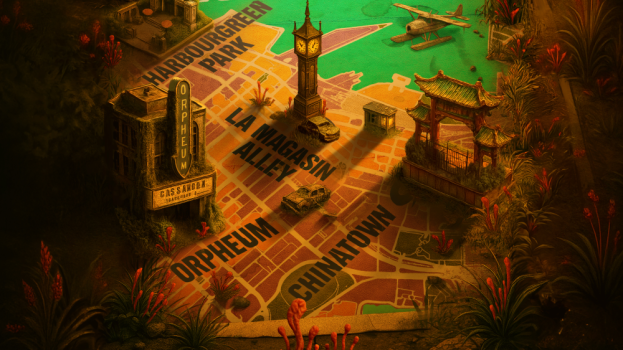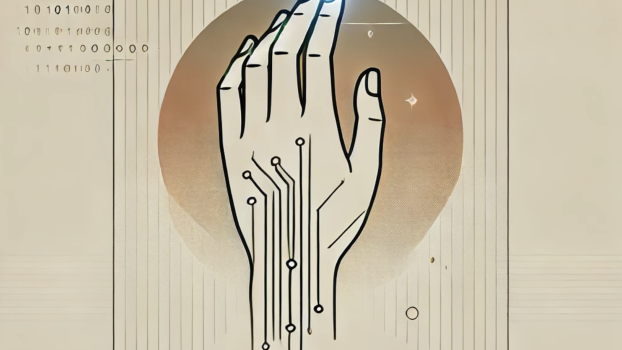Google has released the preview of ARCore, a new software development kit (SDK) designed to bring the latest augmented reality capabilities to the ecosystem of Android-powered devices.
Built on its experiences with Tango (Google’s AR computing platform that only worked with certain devices with specific hardware capabilities), ARCore’s aim is to work on any Android device, without the need of additional hardware. ARCore is also something of an Android equivalent to ARKit, Apple’s own augmented reality SDK.
From a technical perspective, ARCore’s capabilities aren’t that far off from those of other developer kits. What does set it apart is the scale it offers, eventually bringing its capabilities to anyone with an Android device.
“That democratizes the technology,” says Michael Dobell, head of production at digital design and production studio Jam3. “It gets us past the catch-22 of ‘when you don’t have people who can view the stuff, there’s no point in making the stuff.’ The benefits of this tech are distributed, and both developers and regular folks can benefit. That goes for any open source project, but this is more substantial.”
Currently, Android users with Pixel or Samsung S8 phones can access executions built with ARCore through its own app. But Google says it is working with manufacturers to bring it to more models. It will soon be releasing prototypes for developers to create browser-based AR experiences running on both ARCore and Apple’s ARKit, further expanding its scale and the reach of augmented applications.
Like with other SDKs and frameworks it has released, Google has posted a number of “experiments” that show the kinds of things that can be built with the kit. Many of the experiments are variations on some of the more common AR executions (using the phone to display images over a live view of the real world, for example).
But Jam3 was enlisted to create one that further blurred those lines by not just changing how the world looks on a screen, but controlling parts of it beyond the phone.
Working with Judith Amores and Anna Fusté, a pair of graduate students at MIT in residence at Google’s Creative Lab, Jam3 created Invisible Highway. After drawing a path on a flat surface using the phone’s touch screen, software transformed the doodle into a road with 3D scenery. But beyond the on-screen visual, it also creates a path that can direct the movement of a robotic car.
[iframe_youtube video = “CVkJVr8uMug”]
Aaron Morris, technical director at Jam3, says there are several ways using AR to control real-world objects could come to life, from toys to line workers controlling robots in manufacturing.
While the scale of ARCore will make the tech more attractive for clients to invest in, combining that with open source experiments like Invisible Highway can get both clients and users to take notice of their possibilities.
“People pay attention to new features their phone suddenly gets,” Dobell says. “AR wasn’t really on the radar from a client standpoint until really recently. With ARKit and ARCore, plus what’s happening on social platforms, it’s been a boom in interest. These things are capturing the user behaviour that sets the stage for content creators like us to come in and start creating compelling experiences and utilities that are suddenly more understandable.”
























